|
West Virginians are invited to celebrate their historic preservation success stories through the Preservation Alliance of West Virginia’s new West Virginia Preservation Spotlight series. Submitting a Preservation Spotlight story helps shine a light on the small preservation successes that can add up to significant positive change in a community. Whether it’s a homeowner restoring a historic feature of their house or a business moving into a building on historic Main Street, PAWV wants to hear about preservation “wins” both big and small.
Spotlight stories should involve a West Virginia property listed on the National Register of Historic Places or as a contributing structure to a National Historic District. If you believe your story is relevant despite not meeting this specification (perhaps an event or advocacy success), please email to check with a member of our staff at [email protected]. Submitted Preservation Spotlight stories may be featured on PAWV’s website and social media channels to celebrate the positive steps everyday West Virginians are making towards historic preservation in their communities. PAWV is accepting submissions through a Google form here. A Word document submission form is available for download below.
2 Comments
Preservation Alliance of West Virginia Announces “Saving Historical Places Grant” Recipients3/3/2021 The Preservation Alliance of West Virginia announced that the Pence Hotel, in Mercer County, and the Wyoming Hotel, in Wyoming County, are this year’s first recipients of its Saving Historical Places Grants. The program is the Alliance’s initiative to save historical places in the Mountain State by funding emergency stabilization work and jump-starting building preservation projects with pre-development funds.
The Pence Hotel, a contributing structure to the Bramwell Historic District and independently listed on the National Register of Historic Places, is one of the first buildings visitors see when entering Bramwell. It will receive Saving Historical Places Grant funds for much needed emergency stabilization work including wall stabilization; the first of four planned phases to restore the building. “Once restored, the hotel will host a Company Store on the ground level, and provide an economic boost to the town and region” explained Gene Buckner, President of the Mercer County Commission. The second structure to receive assistance from the Saving Historical Places Grant is the Wyoming Hotel in Mullens, built in 1918 and listed on the National Register of Historic Places. Funds will be used by nonprofit organization Peacework Development Fund to save the building from imminent danger of collapse by removing a fire escape. Future redevelopment plans for the hotel building are mixed-use for commercial/residential purposes to cater to outdoor recreation tourists and serve as a nod to the building’s history. “The Wyoming Hotel was a source of community pride and community history. Through the years many people stayed in the hotel, including JFK running for president in 1960, Franklin Roosevelt, Jr., rumors of Babe Ruth to everyday people coming to Mullens for work or to attend ball games or participate in horse shows. Saving it would again lift community spirits and potentially be a centerpiece for rural economic redevelopment,” said Samuel E. Webster, the owner of the building. “The Saving Historical Places Grant funds are being used to save these buildings from collapse. We are delighted to be able to help save these important historical resources that tell the story of our coal heritage, and we are excited that there are active community efforts to rehabilitate these buildings. However, we know that there is a long road ahead for these buildings to be fully functioning as we hope. We urge anyone who is interested in saving these buildings to consider donating to these projects as well,” said Danielle Parker, Executive Director of the Alliance. The Preservation Alliance of West Virginia is the statewide nonprofit organization dedicated to historic preservation. The Alliance continues to fundraise for its Saving Historical Places Grant program and is accepting donations for this program. Donations of $500 or more may be eligible for Neighborhood Investment Program tax credits. Donate here! For more information, call 304-345-6005. The Preservation Alliance of West Virginia honored historic preservation award recipients on Saturday, September 30th, during its 9th annual awards banquet. The event was held at the Municipal Auditorium in Charleston and featured keynote speaker, Patrick Seymour, of the Theatre Historical Society of America. Delegate Larry Rowe was the Master of Ceremonies, and Mr. Brooks McCabe was a special guest speaker discussing the importance of advocating for the state and federal historic tax credits. It was a wonderful evening enjoyed by all. For those unable to attend, we have put together a series of videos recognizing each of the award recipients. Scroll down to view the videos. Thank you to the award recipients for their tireless efforts in preserving our Mountain State's heritage! Keep up the great work! Mt. Wood Cemetery - 2017 Stewardship Award
Staats Building - 2017 Preservation Persistence Award
Friends of Old Stone Cemetery - 2017 Preservation Persistence Award
Create Buckhannon - 2017 Community Preservation Award Recipient
Rick Steelhammer - 2017 West Virginia Media Award
John Henry Historical Park - 2017 Heritage Tourism Award
The Woda Group - 2017 Best Use of Historic Tax Credits Award
Crawford Holdings, Inc. - 2017 Downtown Preservation Award
Paul Marshall - 2017 Rodney Collins Preservation Achievement Award
Dr. Ronald Ripley - 2017 Dr. Emory Kemp Lifetime Achievement Award
Each year, AASLH bestows the Leadership in History Awards in recognition of excellence in the field of state and local history. By publicly recognizing exceptional and meritorious achievements in the collection, preservation, and interpretation of local history, the Leadership in History Awards serve as an inspiration to others in the field, as well as bring national-level recognition to your project, your organization, and your state.
AASLH recognizes excellence in the following areas: -Civic Engagement -Special Projects -Educational Programs -Exhibits -Publications -Individual Achievement Applicants can self-nominate or nominate another project. Organizations of all sizes are encouraged to apply. Deadline for nominations is March 1, 2017. Nominations can take some time to put together, so start your nomination at least 3-4 weeks before the deadline. If you are interested in submitting an award nomination or have questions about the program, please contact Nathan Jones, the AASLH State Team Leader for West Virginia, at najones12@gmail.com. Additional information about AASLH’s award program can be found at: http://www.aaslh.org/aaslh_awards.htm The Preservation Alliance of WV honored preservationists from across the state during the 8th Annual Historic Preservation Awards Banquet held at Halliehurst Mansion in Elkins on Friday, September 23, 2016. This year’s event is part of the statewide historic preservation conference “This Place Matters” being held in Beverly and Elkins. “Historic preservation award recipients are nominated by local community residents and selected through a competitive application process. The winners are some of the most notable historic preservation projects in the state for 2016,” explained Danielle LaPresta, Executive Director for the Preservation Alliance of West Virginia. The 2016 Historic Preservation Award Winners are: Landscape Preservation Award – Rich Mountain Battlefield Foundation for the preservation of Rich Mountain Battlefield in Randolph County. Downtown Preservation Award – MountainPlex Properties for undertaking multiple historic preservation and re-use projects in historic Hinton, including the Ritz Theatre and the McCreery Hotel. Cultural Preservation Award – Davis and Elkins College for its development of the Center for Railway Tourism and the preservation of multiple historic buildings on campus, including Halliehurst Mansion and Graceland Inn and Conference Center. Rodney Collins Preservation Achievement Award – Toni Ogden of Lewisburg for her efforts in preserving historic cemeteries. Preservation Achievement Award – Main Street Ripley for the Alpine Theatre restoration project. Dr. Emory Kemp Lifetime Achievement Award – Randy Allan of Beverly for his dedication to preserving historic landmarks in Beverly.
For the second year in a row, the Alliance featured two award categories, which also include cash awards to be used for specific preservation projects. The Preservation Persistence Award was awarded to two separate property stewards that are working diligently to preserve properties on the WV Endangered Properties List. The Stewardship Award was given to one property steward for exemplifying best preservation practices. These awards were presented to: Preservation Persistence Award – Blue Sulphur Springs Pavilion, Greenbrier Historical Society Preservation Persistence Award – McCoy Fort Project, Williamsburg District Historical Foundation Stewardship Award – Monroe County Historical Society “We are fortunate to have so many wonderful individuals and organizations dedicated to preserving and rehabilitating West Virginia’s historic resources,” stated Preservation Alliance of West Virginia board president Sandra Scaffidi. “This evening was our way of recognizing the efforts of our unsung heroes who are making a difference in revitalizing our great state.” The Preservation Alliance of West Virginia is the statewide, nonprofit organization dedicated to historic preservation. It is best known for administering the Preserve WV AmeriCorps program and for the annual West Virginia Endangered Properties program. For more information, visit www.pawv.org. Preservation Alliance of West Virginia (PAWV) is accepting nominations for the 2017 West Virginia Historic Preservation Awards.
The 9th Annual Historic Preservation Awards Banquet will be on Saturday, September 30, 2017, at the Municipal Auditorium in Charleston. Download the PAWV Awards Nomination Form 2017 Here! Guidelines:
Download the PAWV Awards Nomination Form 2017 Here! By Danielle LaPresta Parker
This week, the Preservation Alliance of WV received a $15,000 grant from the 1772 Foundation to conduct a revolving fund feasibility study. The 1772 Foundation, based in Newport, RI, is a national leader in the field of historic properties redevelopment programs. Many non-profit historic preservation organizations establish historic property redevelopment revolving funds to receive donations and other capital, which are used by the organization to either make loans for building renovations or purchase endangered properties that are then resold with easements. The organization earns either loan repayments or property sales to replenish the revolving fund and continue to redevelop properties across the state. The feasibility study is the first step in the process of developing a historic properties redevelopment program and will help to determine what kind of program will be most effective in West Virginia. “We are thrilled at having this opportunity to start a fresh program in the Mountain State focusing on developing existing cultural assets and are very thankful for the 1772 Foundation’s grant to us,” explained Executive Director Danielle LaPresta Parker. According to the 1772 Foundation, Executive Director Mary Anthony, “Historic properties redevelopment programs, sometimes known as revolving funds, greatly increase the number of historic buildings we can save and put back into use by the community. Unlike more reactive, traditional preservation models, they are proactive and robust; they move at the speed of the market, using the same tools and financing as for-profit developers. The 1772 Foundation awards grants for real estate education, fellowships, feasibility studies, and business plans in addition to increasing the capacity of existing programs through grants and loans to help grow this increasingly important sector of the historic preservation field.” Danforth Ely, president of The 1772 Foundation, noted, “We have been promoting the relationship between historic properties redevelopment programs and economic development for many years. I am happy to note that almost half of this year’s grant recipients are receiving 1772 funding for the first time.” Other grant recipients were the Newport County Development Council ($15,0000, Preserve Rhode Island ($30,000), the Providence Revolving Fund ($75,000), Cincinnati Preservation Association ($15,000); Connecticut Trust for Historic Preservation ($37,500); Fairmount Park Conservancy in Philadelphia, PA ($30,000); Germantown United Community Development Corporation also in Philadelphia ($50,000); Heritage Works in Dubuque, IA ($25,000); Historic Columbia Foundation ($15,000); Landmarks Illinois ($15,000); Louisiana Preservation Alliance ($75,000); Maine Preservation ($60,000); Michigan Historic Preservation Network ($75,000); Montana Preservation Alliance ($50,000); National Main Street Center in Chicago, IL ($135,000 – two projects), National Trust for Historic Preservation in Washington, DC ($225,000 – three projects); Preservation Alliance of New Orleans ($50,000); Preservation Maryland ($20,000); Preservation Massachusetts ($37,500); Restore Mobile ($25,000); The L’Enfant Trust in Washington, DC ($100,000); and Waterfront Historic Area League (WHALE) in New Bedford, MA ($150,000). The 1772 Foundation was named in honor of its first restoration project, Liberty Hall in Union, NJ, which was built in 1772 and is the ancestral home of the Livingston and Kean families. The late Stewart B. Kean was the original benefactor of The 1772 Foundation. The 1772 Foundation works to ensure the safe passage of our historic buildings and farmland to future generations. More information about The 1772 Foundation may be found at www.1772foundation.org. The Preservation Alliance of WV is the statewide nonprofit dedicated to historic preservation. Started in 1982, the Preservation Alliance of WV promotes the re-use of cultural resources. It administers the Preserve WV AmeriCorps program and the WV Endangered Properties List.
This year, the Preservation Alliance of WV nominated Curt Mason, of Charles Town. Since joining the Preservation Alliance of WV Board of Directors in 2011, Curt has worked to make PAWV’s activities more successful. He has opened his beautiful, historic home in Jefferson County for a PAWV fundraisier and has also invited PAWV to use his home for other fundraising activities, such as hosting PAWV’s quarterly board meeting and fundraising work days. In addition, Mason works to make PAWV’s name better-known not only in the eastern panhandle but state-wide and nationally. He represented PAWV at the National Trust for Historic Preservation’s conference and at the Preservation Action annual meeting in November 2015. He sits on various PAWV committees including the advocacy committee and helps in selecting the WV Endangered Properties List each year.
Curt brings several valuable tools to the preservation table. For example, he has worked for five years in Jefferson County identifying issues that PAWV may address in Jefferson County. He is a tireless promoter of historic preservation. To his contact list of over 1,000 people, Curt shares PAWV news and announcements, which helps to increase our reach to people not already involved in the organization. Curt has also helped in coordinating historic windows workshops to benefit the old Yellow House on the campus of Shepherd University. Curt helped to organize the initial two-day workshop and ensured that the windows were restored after an accident occurred that postponed the completion of the windows work. Curt is dedicated to enhancing historic preservation through his board position by utilizing PAWV staff services for historic properties in Jefferson County. Thank you, Curt!
After her retirement from FSU in 1997, Joann became a dedicated preservationist of Marion County. One of her first forays into historic preservation was the establishment of the Fairmont Historic Landmarks Commission. From there, she led the charge to nominate Fairmont’s Woodlawn Cemetery to the National Register of Historic Places. Perhaps her greatest achievement was saving the Marion County Jail from demolition. With nothing more than grit, determination, and hard work, she fought tirelessly to protect this building which is now curated as a part of the Marion County Museum and Historical Society.
Joann continues to impress Marion County residents with her dramatic portrayals of Aunt Sukey, also known as the witch of Rivesville. She also brought Fairmont founder Boaz Fleming and the first governor of the restored state of Virginia, Francis Pierpont to the forefront of Marion County’s consciousness. She is a tireless researcher and writer who continuously contributes articles and opinion pieces to our local newspapers. She continues to educate West Virginians daily and brings a dose of wisdom and a ready smile wherever she goes.
After almost ten years of tireless fundraising, Friends of Happy Retreat acquired the property and have protected the site from residential development. Like many preservation projects, this was made possible through effective partnering, as well as generous donations. Last December, the City of Charles Town and Friends of Happy Retreat agreed to work together to purchase the 12.2-acre property. The City agreed to purchase 10 acres of land, which it will include in a planned linear park along Evitts Run in Charles Town’s West End. Friends of Happy Retreat agreed to purchase the house, historic outbuildings, and the 2.2 acres of remaining land. The Happy Retreat grounds will also connect to existing City of Charles Town park and recreational lands, as part of an overall Charles Town initiative to revitalize the community’s west end.
We are celebrating this acquisition today but please remember that funds are still needed to preserve and re-use the property for an educational facility. |
News and NotesCategories
All
Archives
May 2024
Subscribe to our mailing list to receive e-news updates on historic preservation news and events in West Virginia.
|
Get Involved |
Programs |
Contact UsPreservation Alliance of West Virginia
421 Davis Avenue, #4 | Elkins, WV 26241 Email: [email protected] Phone: 304-345-6005 |
Organizational Partners:
© COPYRIGHT 2022 - PRESERVATION ALLIANCE OF WEST VIRGINIA. ALL RIGHTS RESERVED.


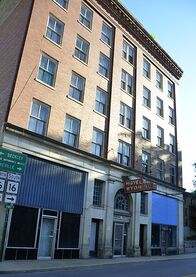
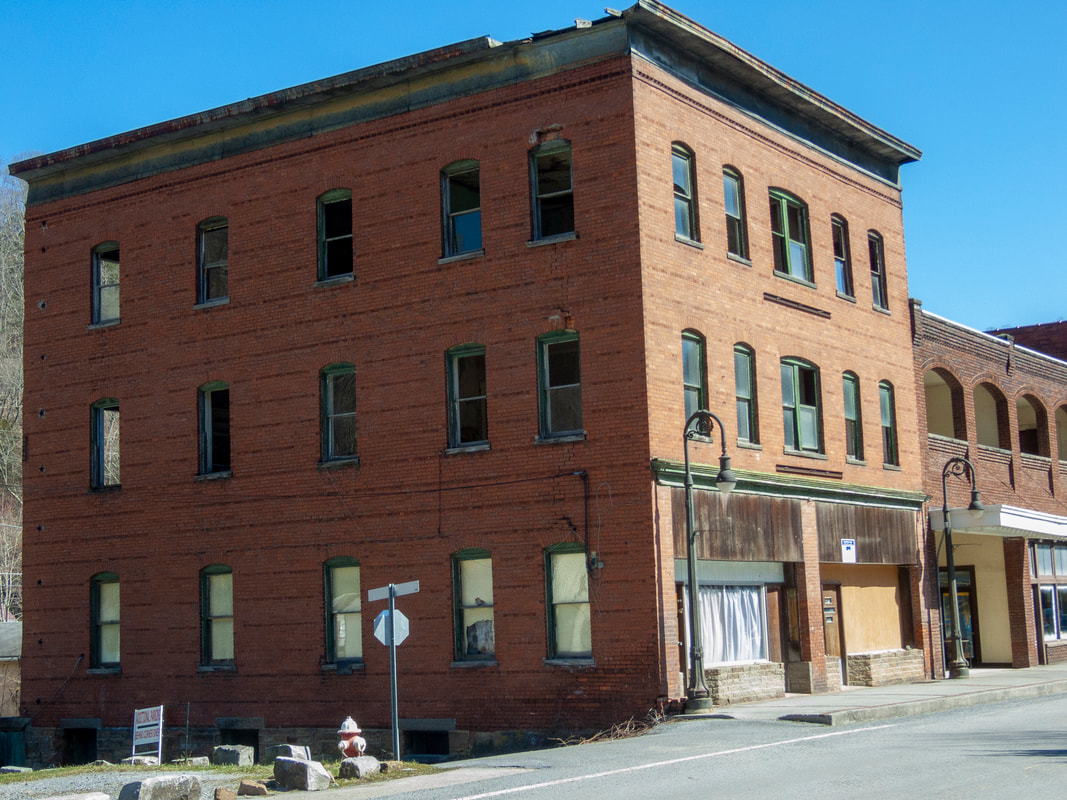
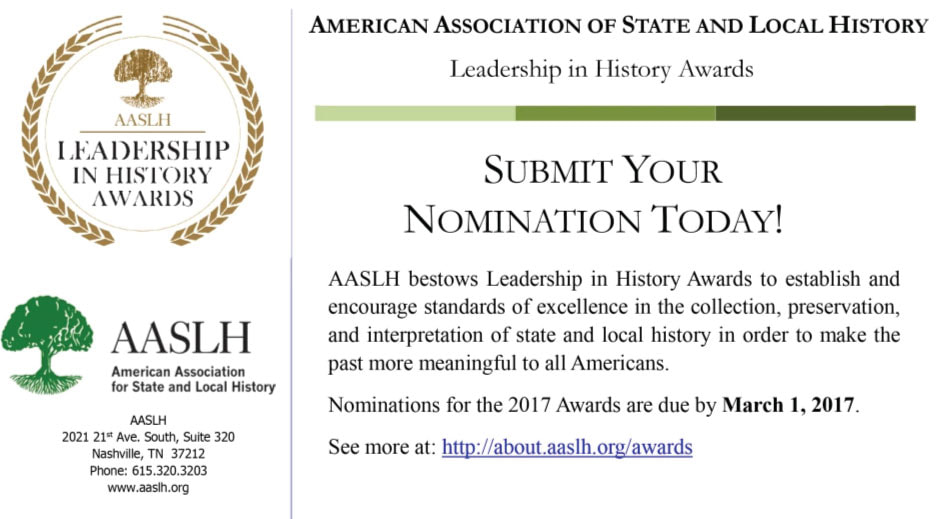
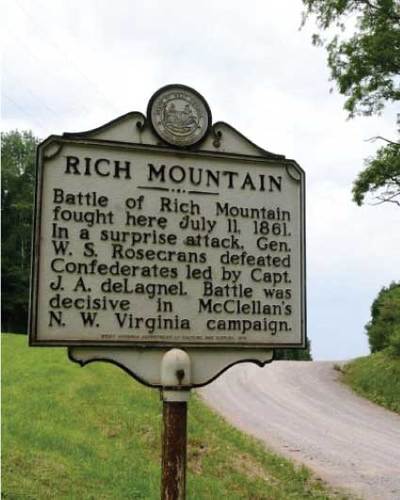
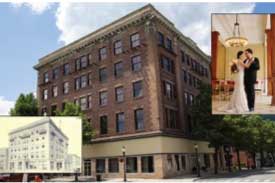
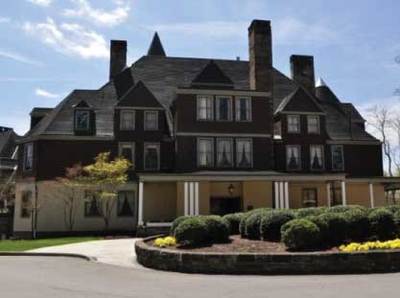
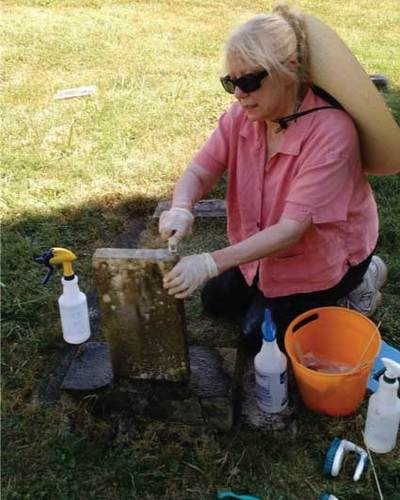
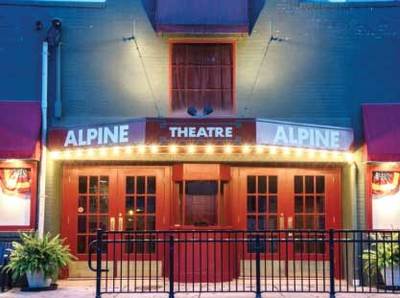
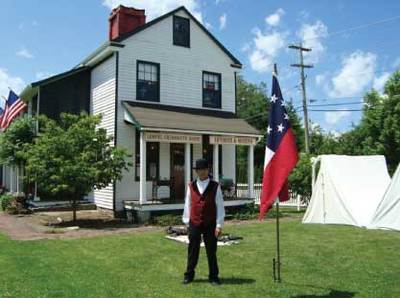
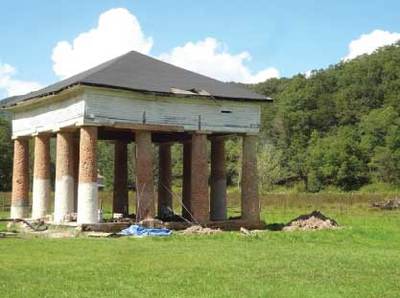
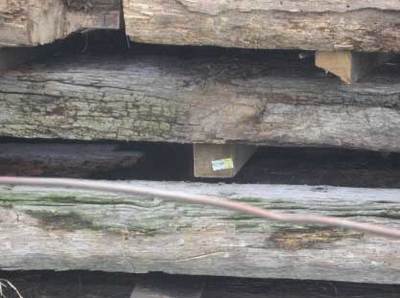
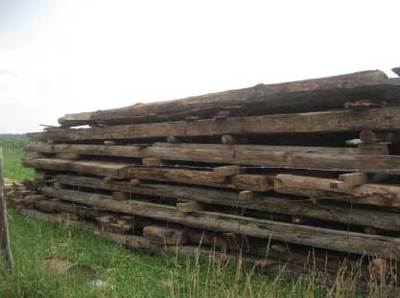
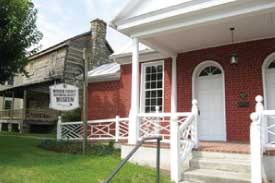
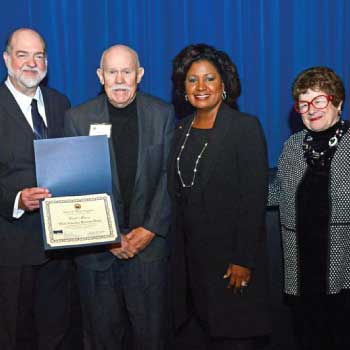
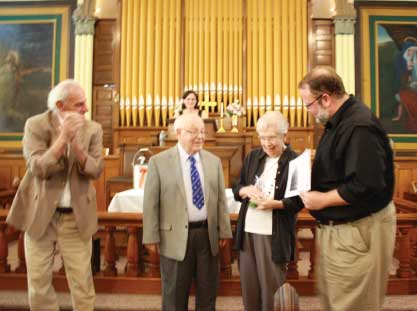
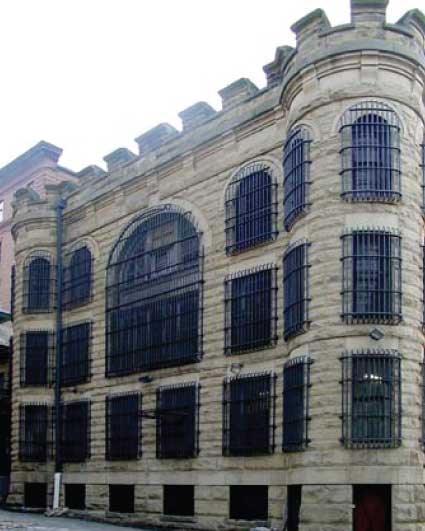
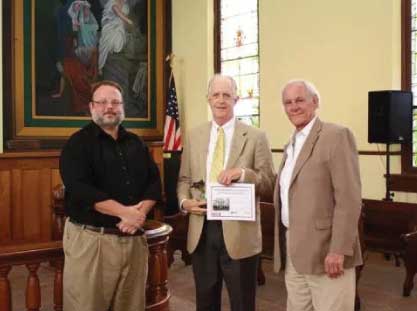
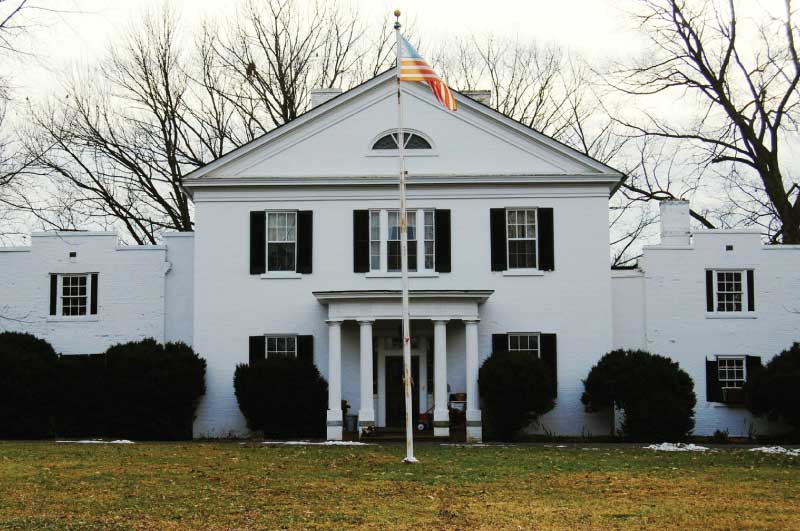
 RSS Feed
RSS Feed



